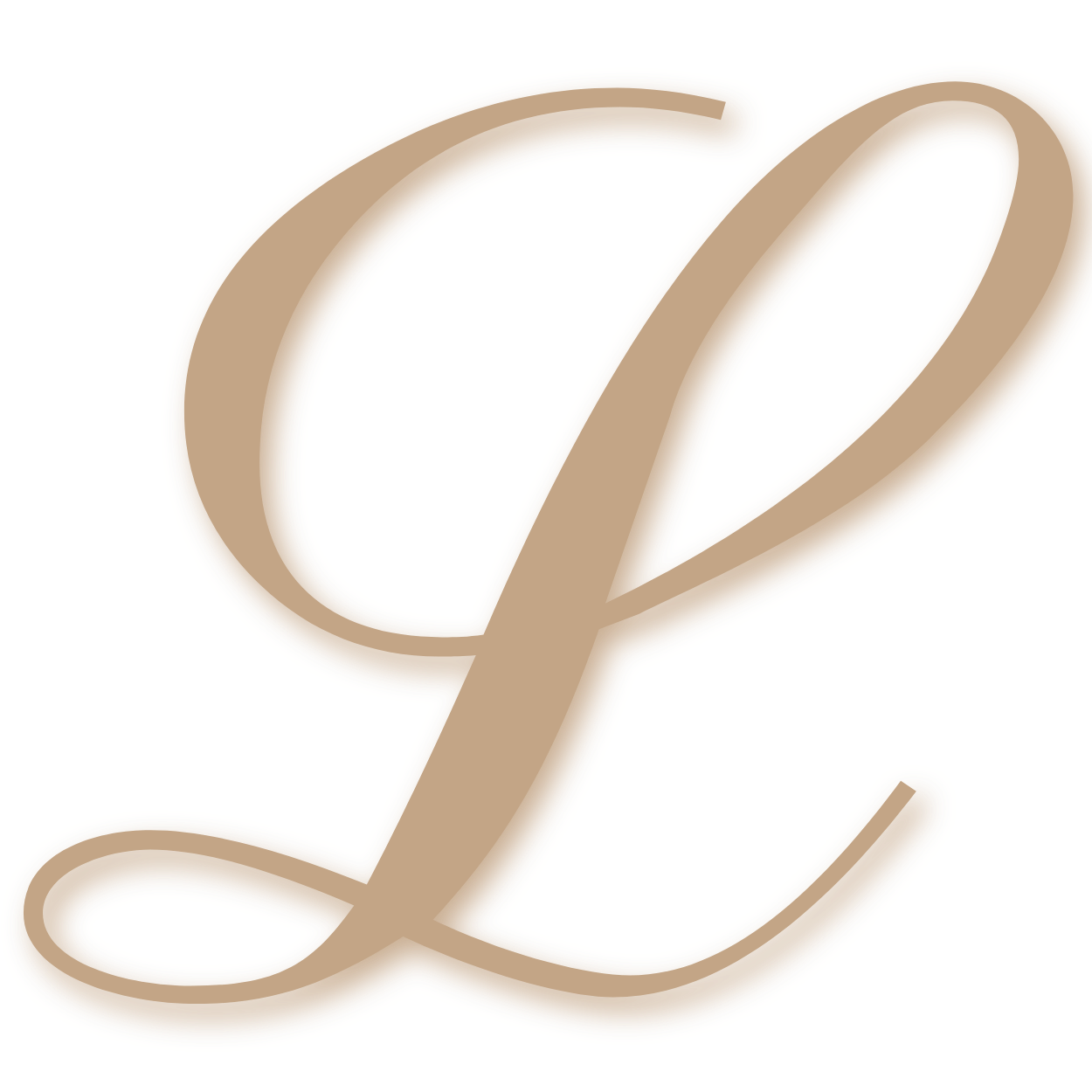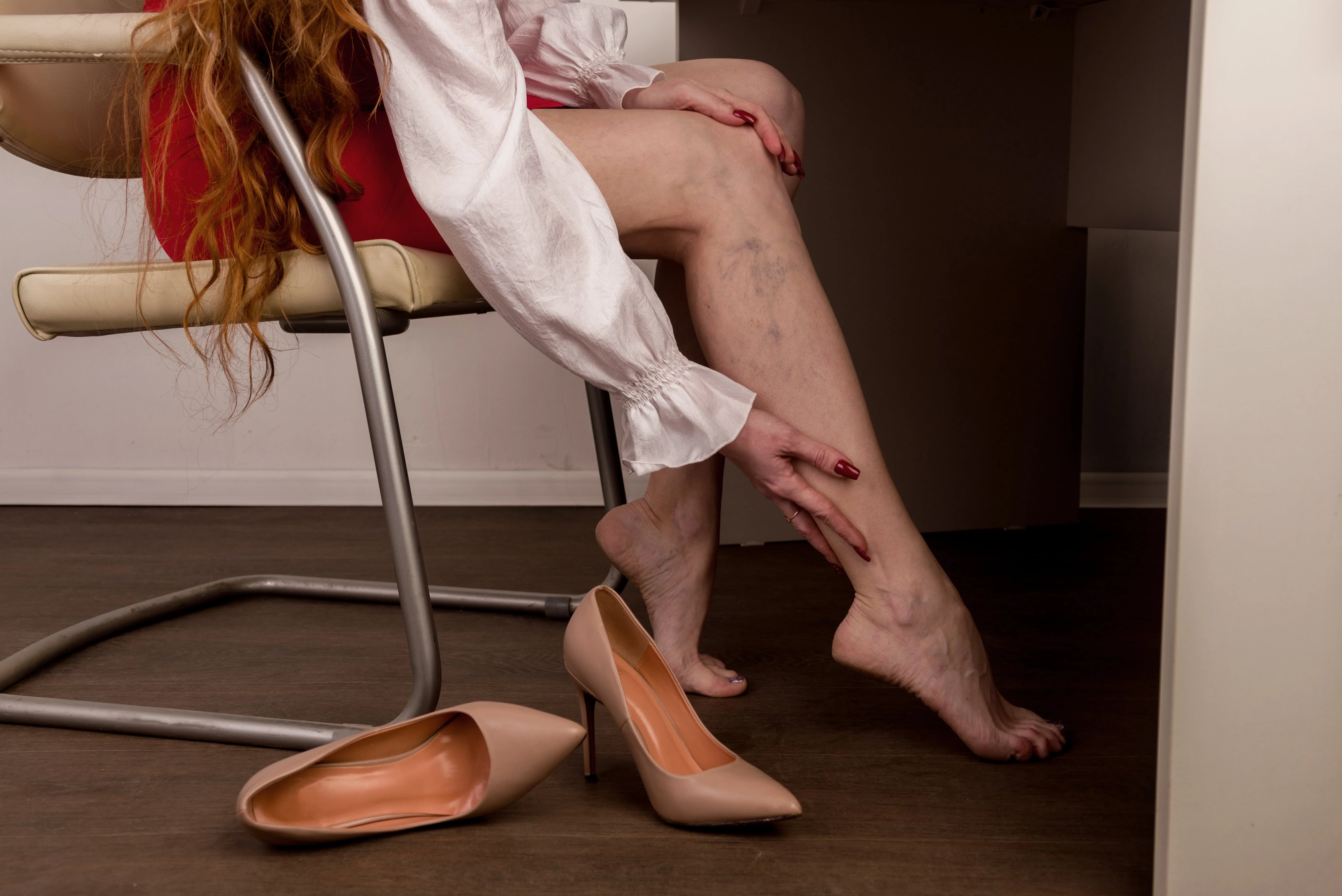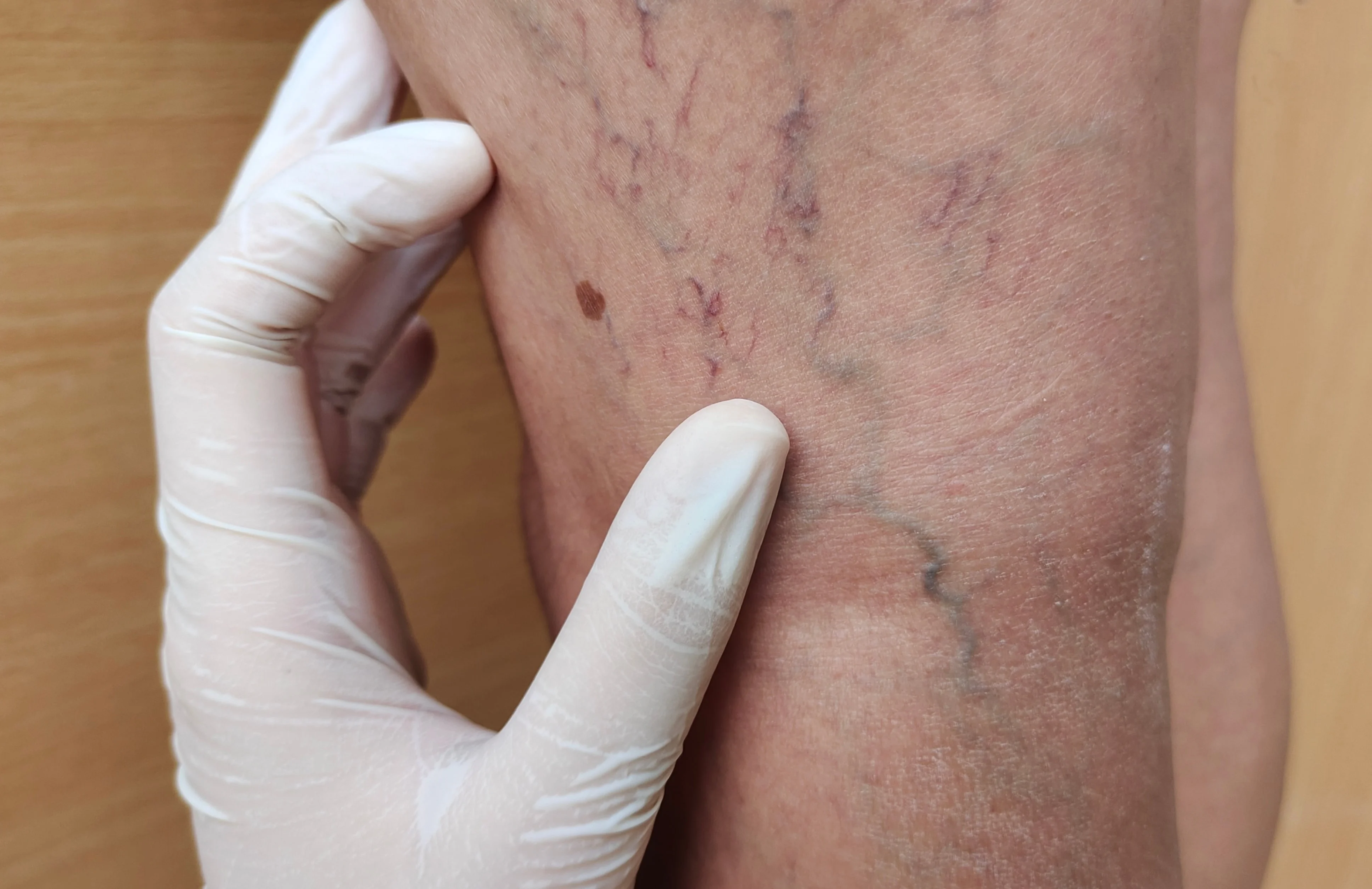Spider Veins
Spider veins, also known as thread veins, can be seen on the surface of the skin and are usually blue or red in colour. They can look like spider webs, branching lines, or even short lines. Whatever shape they take, spider veins aren’t usually dangerous.
These occur due to weak veins and have cosmetic implications for many people. Not to be confused with varicose veins, which are larger and often seen internally.
Fortunately, treating spider veins is relatively easy. There are various treatments available to help eliminate spider veins and reduce their visibility.
But before considering options like sclerotherapy or laser ablation therapy, it’s important to consider the underlying causes of spider and varicose veins.
What is the main cause of spider veins?
Spider veins are often linked to how long people are sitting or standing all week long. Spider veins are more visible in women aged and pregnant. They can also appear from other sources including sun exposure, hormonal changes, or injuries. Getting spider veins is something that many of us have dealt with at some point in our lives. Limiting the amount of time we are stationary can help by preventing new spider veins from forming.
Are spider veins a health concern?
Spider vein causes no serious disease at the very least if left untreated. However spiders have been found to indicate other issues which can be harmful to our health. If you suffer with spider veins, it’s possible you will develop varicose vein problems.
Are spider veins a symptom of anything?
Spider veins can be a tell-tale sign that something is going on beneath the surface when it comes to your vascular system. While spider veins are mostly cosmetic, they can signal underlying health and vein problems. Those vein problems can be varicose veins, deep vein thrombosis, or venous insufficiency when more pressure is placed on arteries and veins. It’s best to consult a vein doctor if you notice spider veins suddenly appearing in order to assess whether there could be any other deeper issues at hand.
Can you get rid of spider veins?
Sclerotherapy has revolutionised spider vein treatment over the years. It’s a straightforward and effective procedure. It involves a small injection of spider veins that causes the veins to constrict and disappear. Studies have shown this to be the most popular way to treat spider veins in an office or workplace environment. Many patients are seeing a dramatic improvement in just one session. The treatment is also low-risk as it requires no major incisions or surgery. Of course, it’s always important to get checked out by your vein doctor if you are concerned about spider veins. Sclerotherapy could be the ideal option if spider veins are causing you any discomfort or embarrassment.
Are spider veins a symptom of anything?
Spider veins can be a worrisome presence on the body, and not just something you don’t want to show off at the beach! These spidery blood vessels are an indication that there could be underlying issues with your veins. When arteries and veins increase in pressure, spider veins start to pop up in various areas around the body. Spider veins may simply be genetic or caused by external factors. It’s important to pay attention to spider veins and consult a professional if needed . Spider veins often indicate other vein issues that go beyond just their appearance.
Other Risk Factors for Spider Veins
Spider veins are an unfortunate reality for many women. They affect up to 30-40% of the adult population and become increasingly common by age. Spider veins, thin red or blue lines can appear on your legs, giving them a slightly spider-web-like texture. While both spider and varicose veins can affect men too, females overall are much more likely to suffer from these conditions due to hormonal differences in their bodies.
Will I get spider veins during pregnancy?
Pregnancy comes with a ton of changes to your body. Some visible and some not so much. One visible sign of pregnancy can come in the form of spider veins. These veins occur when blood pumps up into you to feed your baby, leading to enlarged veins. Additionally, spider veins can be seen due to an increase in the size of your uterus during pregnancy, or from swelling of varicose veins during childbirth. It’s an unfortunate side effect in many cases, as spider and varicose vein symptoms may worsen for years after giving birth. Even more spider veins could show up due to pregnancy weight gain.
Why am I getting spider veins on my legs?
Spider veins are very common, especially when you’re sitting for extended lengths of time throughout the day. They also tend to appear more frequently as you get older, or if you’ve recently given birth and spent a lot of time carrying your child. Generally spider veins can be caused by sun exposure, certain hormonal changes, or an injury that occurred previously. So it’s important to keep an eye on them and if they get too large. It might be worth investigating further with a medical professional.
How do I get rid of spider veins in my legs?
Spider veins have long been a source of insecurity for many people. Fortunately, when spider veins are the issue, sclerotherapy can be a fast and simple solution. A quick and noninvasive procedure in an office setting. Sclerotherapy involves the injection of a solution directly into spider veins. This causes them to expand and close up. As a result blood flow can be redirected to healthy veins and spider veins can disappear over time. It’s no wonder sclerotherapy is such a popular choice among those wishing to quickly reduce or eliminate spider vein visibility!
Do spider veins on legs go away?
Although spider veins can’t completely disappear on their own, they don’t usually cause any long-term damage. However, it can look quite unsightly and you may feel self-conscious about it. The good news is that there are a number of modern spider vein removal treatments available at Laurel Clinical. We can reduce the visibility of spider veins without much risk involved. If spider veins have been causing you distress for some time, why not talk to your doctor about the best treatment option for you?
Can I treat spider veins myself?
Spider veins can be an eyesore, so it’s no surprise that many people are looking for a way to get rid of spider veins naturally. Although there are a lot of products and home remedies advertised to help reduce spider veins, sadly none of them actually do anything. Professional treatment is the only acceptable solution for spider veins. However, there are helpful ways to manage spider veins without professional treatment. Staying active, keeping your legs elevated whenever possible and wearing compression stocking or tights during long periods of standing or sitting may all help minimise the appearance of spider veins.
Why are my veins purple all of a sudden?
Have you ever noticed spider-like veins, or even larger purple veins on your skin all of a sudden? You may be curious why this is happening and the answer may not be what you think it is. While spider veins are typically hereditary, if those spider veins have changed to larger, darker colours like dark blue or green, then this could signify thromboses of blood or an obstruction of the blood supply in your body or they just became bigger. When vein color has changed like this, it’s important to seek out medical attention right away as it could indicate a serious underlying health issue.
Why do red veins appear on legs?
Red spider veins are a common sight on many people’s legs, especially in the elderly and pregnant populations. Sitting for long periods of time can put extra pressure on veins and cause them to break out in spidery-red webs, hence their name. Other than sitting, spider veins are also influenced by light changes or hormonal shifts in the body. So if you see any round, red patterns creeping up your legs, it might be best to visit the doctor to check out what exactly is going on!
Is it normal to have purple veins on your thighs?
The way the anatomy is arranged, with all its connections, helps explain why spider veins form. These are permanent widenings of the small veins of the skin. Recent techniques used to study the cutaneous microcirculation show that each cutaneous region appears to be a separate anatomical and functional entity. There are several mechanisms that can cause spider veins, depending on their shape, color, conditions of appearance, and aggravating factors. Spider veins usually happen when there is too much pressure in a subdermal or intramuscular venous trunk.
When the excess pressure is caused by more backflow from the top, the spider veins have a fan-shaped appearance, converging at the point of highest pressure.
When the reflux is caused by more backflow from below, the fan-shaped varicosities converge downwards. Another mechanism is that of opening of arteriovenous shunts during pregnancy or hormonal imbalance. In this case, large sheets of very dense and bright red angiomatous varicosities are observed.
The last mechanism involved is an increased volume of subdermal adipocytes. Cellulitis, constituting true localised lipodystrophy of the subcutaneous connective tissue, impairs drainage of the dermal territories, resulting in disseminated varicosities, not centred on a feeding vein
How can I prevent spider veins?
Spider veins can be an unsightly nuisance that could lower your confidence. Fortunately, you can take several steps to help reduce the chances of spider veins occurring. If you are pregnant or have spider veins in the family, it’s worth talking to your doctor for specialised advice on how to manage and reduce the risk. Additionally, diet and exercise together can improve many aspects health, including circulation and varicosities. Regular light activity such as walks or engaging in a low-impact class at the gym could help make spider veins less likely. And even if spider veins had already been present before, these lifestyle changes may relieve pain associated with them.
What else can I do to treat spider veins without having surgery?
If spider veins have started affecting your daily life, you can start exploring nonsurgical therapies to get rid of the problem without surgery. Your vein doctor/phlebologist can suggest appropriate treatment options depending on the severity and underlying cause of your spider veins.
Some common treatments include sclerotherapy which involves injecting a liquid solution into spider veins resulting in their collapse. You may also opt for laser therapy, during which a spider veins are sealed with heat produced by the laser light.
Other treatments include radiofrequency occlusion where high frequency waves are used for removing the spider veins and ambulatory phlebectomy where spider vein is removed through tiny incisions. With such viable treatment options available, spider veins don’t have to be an issue anymore!
How do compression stockings help treat varicose veins and spider veins?
Compression stockings are beneficial for treating spider veins as well as varicose veins. They work by providing gentle pressure to the legs, helping maintain circulation and improving vein health. The level of compression can be controlled and typically increases when going up the leg. Not only do compression stockings help alleviate symptoms associated with spider veins and varicose veins, they may also protect against them in the long run.
For safety purposes, those with heart conditions should consult a doctor before using compression stockings and have their doctor check regularly during treatment.
What is the treatment for spider veins?
Often referred to as the gold standard of spider vein treatments, sclerotherapy has been clinically proven to safely shrink spider veins and reduce pain. It works by injecting a special solution directly into the spider vein, which causes it to collapse and eventually fade away eventually. Ultimately, this treatment offers an effective way for anyone suffering from spider veins to feel their most confident and pain-free self again.
What about Laser treatments?
Using laser technology, medical practitioners treat the vein in the skin. Lasers are light beams that cause spider veins to clot and dry. In a recent survey the use of laser therapy was a less risky option. Laser treatment is usually more efficient for minimizing small spider veins.
Complications/side effects of the treatment
Treating spider veins, especially through laser therapy or sclerotherapy, can be extremely beneficial in reducing pain and other symptoms associated with the condition.
But even though it’s generally safe, there are some potential complications to be aware of, most commonly including:
-
Bruising
-
Raised red areas, called hives
-
Small skin sores
-
Darkened skin
-
A number of tiny red blood vessels
-
Allergic reactions
-
Burns or scarring from lasers
-
Infection
-
Inflammation of veins close to the treated area
-
Pain and discomfort during the procedure
It is important to consult a doctor before getting any sort of treatment, as they can assess if you are suitable for this type of procedure.
All in all, it’s important to factor these potential side effects into your decision when you’re considering your spider vein treatment options.




